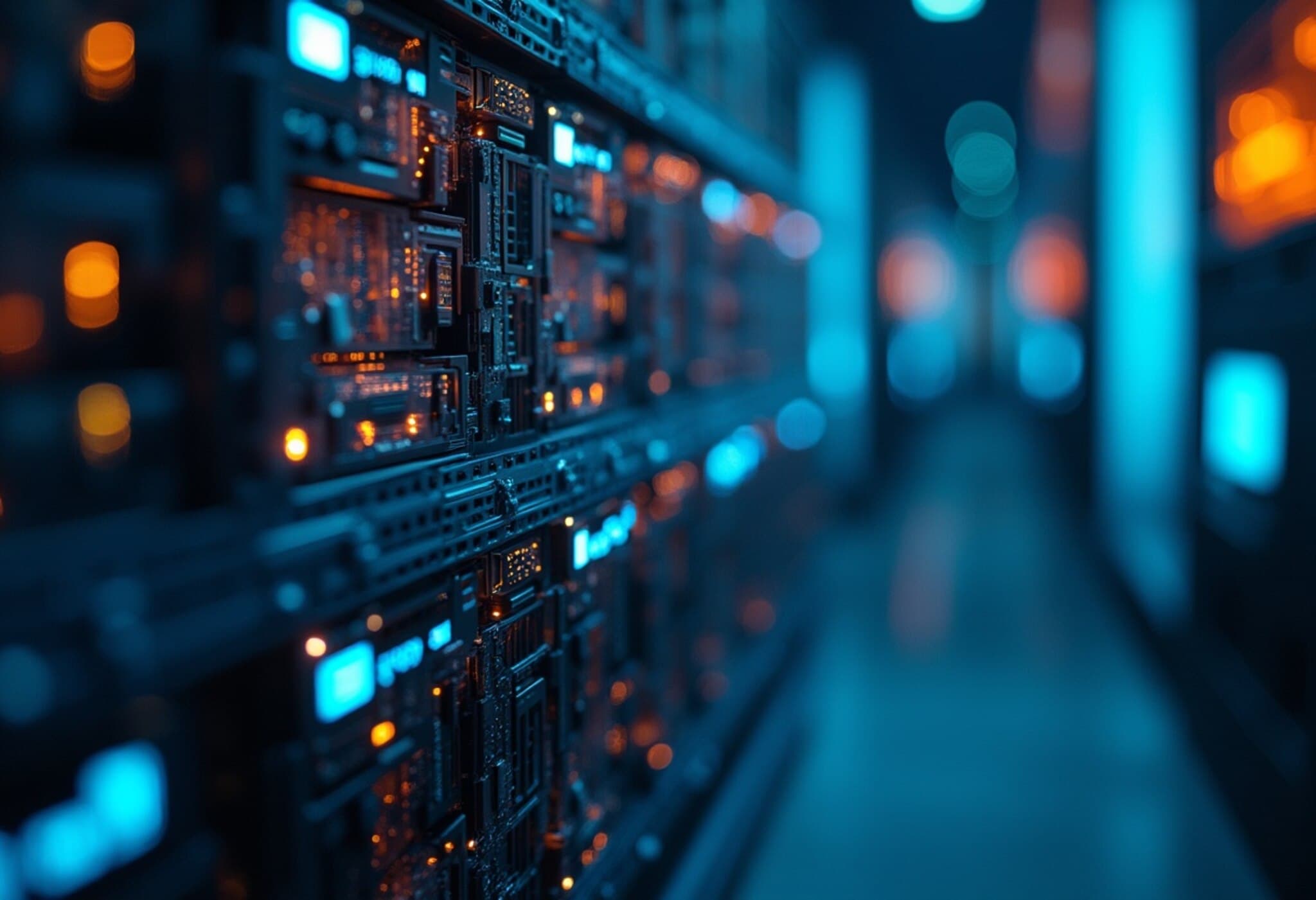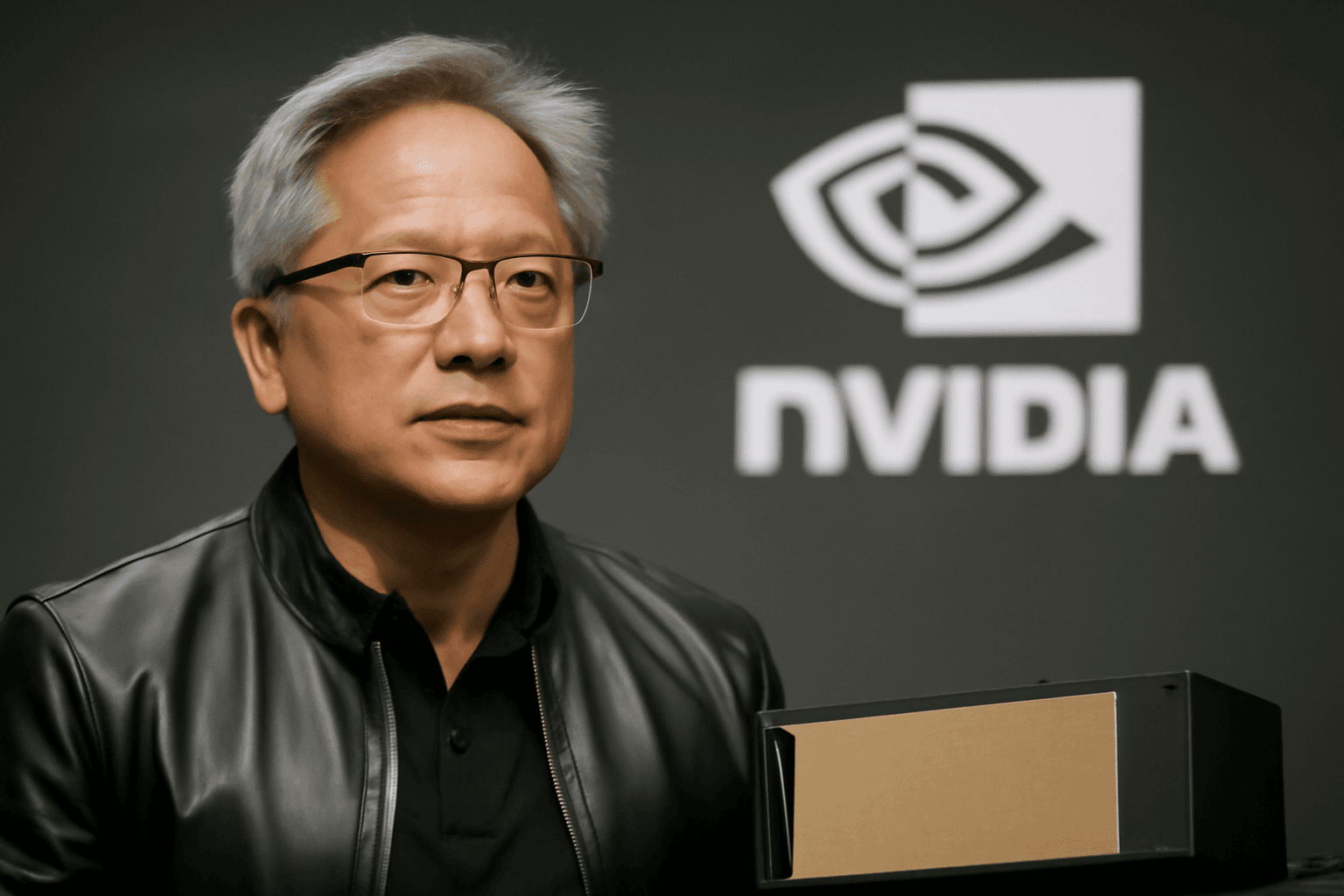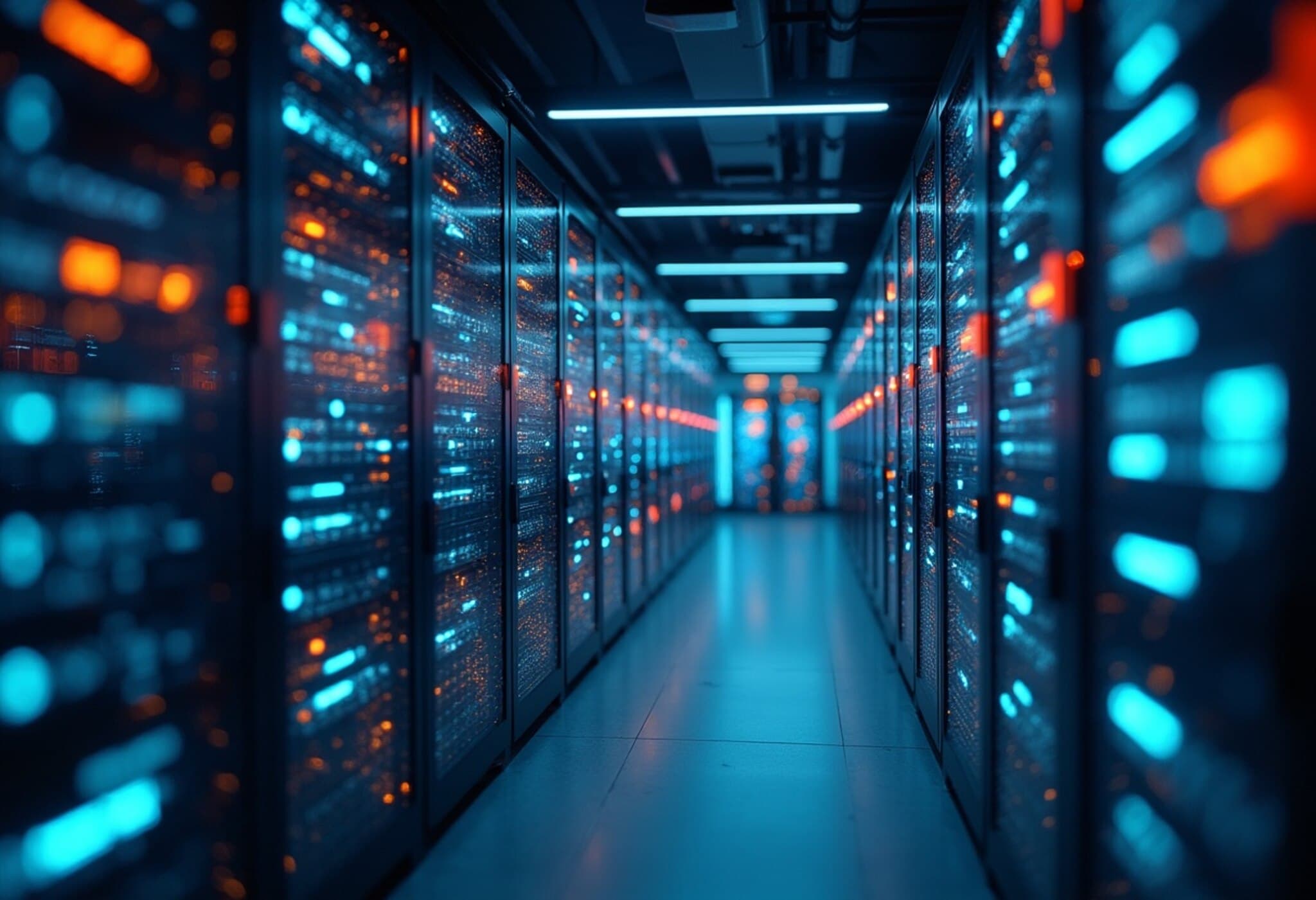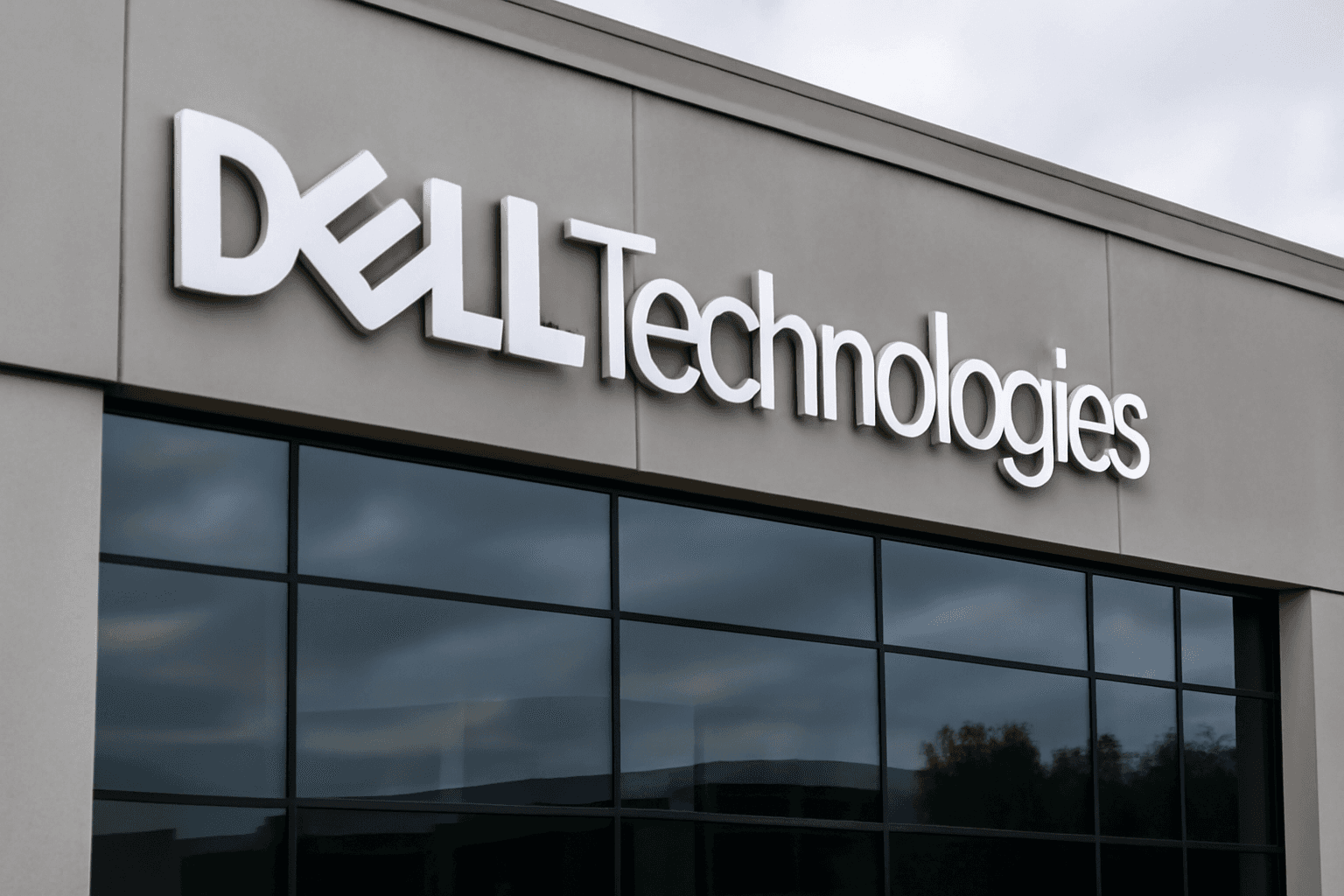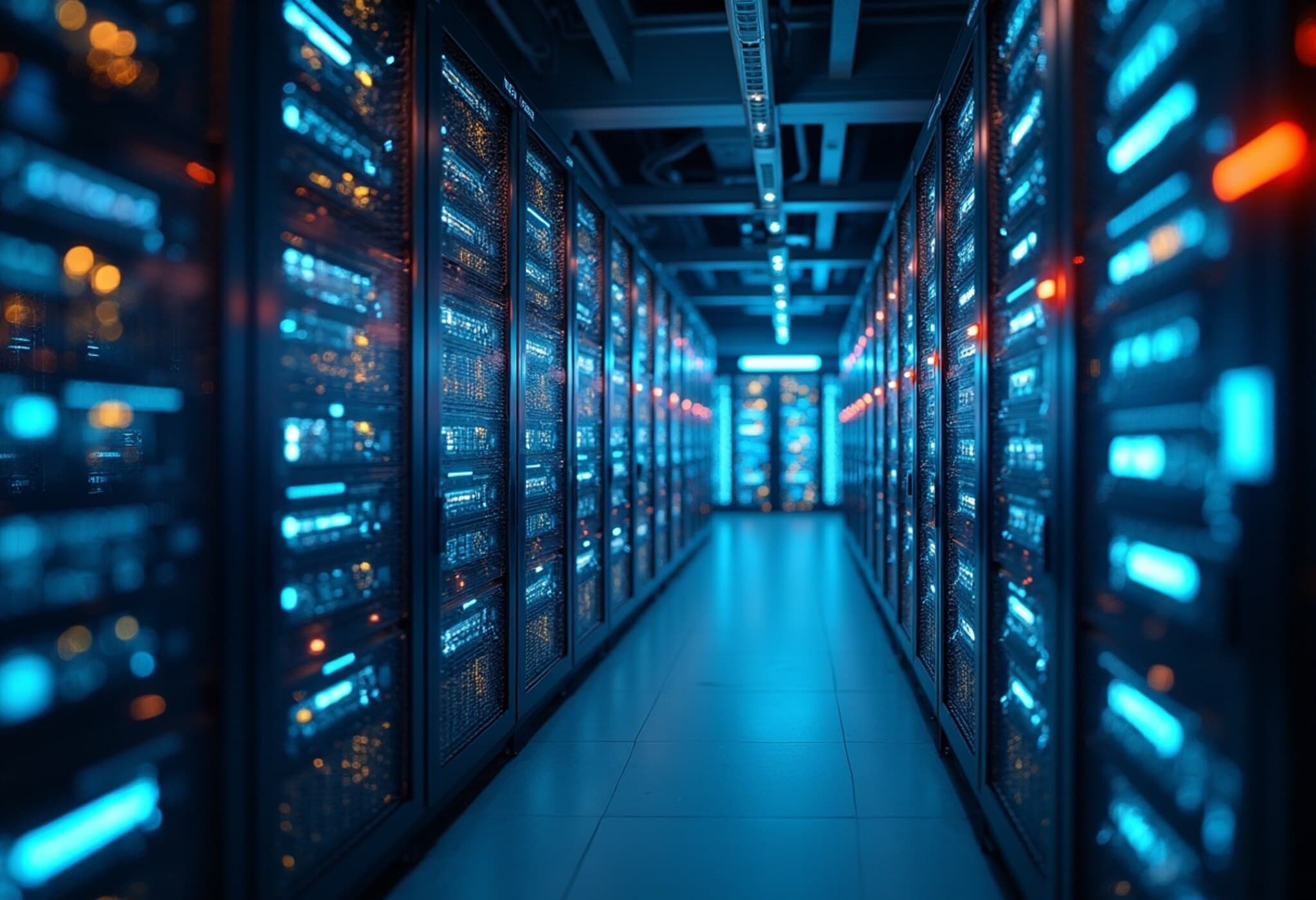Amazon Web Services Unveils Custom Cooling for AI-Powered Nvidia GPUs
As the artificial intelligence revolution continues to gain pace, Amazon Web Services (AWS) has taken a bold step to address one of the most pressing technical challenges: how to efficiently cool the energy-hungry Nvidia GPUs that serve as the engine behind today’s largest AI models.
The Challenge of Cooling AI Hardware at Scale
Nvidia GPUs have become synonymous with cutting-edge AI processing, driving applications from generative AI to deep learning. However, these processors demand immense power and generate vast amounts of heat, creating a need for sophisticated cooling solutions in data centers.
Traditionally, data centers have relied on air cooling or liquid cooling systems sourced from third parties. However, according to Dave Brown, AWS Vice President of Compute and Machine Learning Services, existing third-party liquid cooling options weren’t viable for AWS’s massive scale.
"They would take up too much data center floor space or increase water usage substantially," Brown explained in a recent video. "While some of these solutions could work at smaller providers, they simply wouldn’t provide enough cooling capacity for AWS's needs."
The In-Row Heat Exchanger: A Homegrown Solution
In response, AWS engineers have innovated the In-Row Heat Exchanger (IRHX), a novel cooling system that seamlessly integrates into both existing and newly constructed data centers. Unlike bulky liquid cooling infrastructure, the IRHX offers a more space-efficient and water-conscious approach.
This design aligns with the industry's increasing push to balance technological advancement with environmental responsibility—an especially crucial factor given the soaring energy consumption associated with AI workloads.
Enabling Advanced AI with AWS P6e Instances
Leveraging the IRHX cooling technology, AWS has introduced P6e computing instances, engineered explicitly for running intensive AI workloads on Nvidia’s latest GB200 NVL72 GPUs. Each rack packs an astonishing 72 interconnected Nvidia Blackwell GPUs tailored for training large-scale AI models.
These clusters mark a significant upgrade for developers and enterprises relying on cloud AI, offering unprecedented power, efficiency, and scalability.
Why AWS Is Doubling Down on Custom Hardware
AWS’s move to create bespoke cooling solutions fits into a broader strategy of hardware innovation. The company has a history of building custom chips, storage servers, and network equipment to optimize performance and reduce reliance on external suppliers.
Such vertical integration not only accelerates AWS’s technological edge but also strengthens its bottom line. Earlier this year, AWS reported its strongest operating income since 2014, driven largely by these efficiencies and its dominant position as the world’s largest cloud infrastructure provider.
Industry Context: The Cloud Giants’ Hardware Arms Race
Amazon’s hardware innovation streak is mirrored by rivals like Microsoft, which has developed its own cooling chips named Sidekicks to manage temperature for its Maia AI processors.
This competition underscores the critical importance of efficient cooling and hardware design in the cloud computing and AI markets—areas expected to expand exponentially as artificial intelligence integrates more deeply into business and society.
Expert Insights: What This Means for AI and the Cloud
The push for in-house specialized cooling highlights both the promise and perils of scaling AI technologies. While new hardware designs enable unprecedented computational power, they also present environmental and logistical challenges that can’t be ignored.
Innovators like AWS are setting benchmarks for how to meet these challenges head-on—balancing high performance with sustainable resource use. For policymakers and industry players, these developments raise essential questions about the future of data center design, water and energy consumption, and the long-term environmental footprint of AI.
Editor’s Note
The unveiling of Amazon’s In-Row Heat Exchanger marks a pivotal chapter in AI infrastructure innovation. As AI models grow larger and more complex, the infrastructure supporting them must evolve rapidly. This engineered solution offers a glimpse into how cloud giants can blend ingenuity with sustainability to power tomorrow’s intelligent systems. The broader implications for energy policy and environmental stewardship will be crucial to watch as this technology scales. How will regulators and the industry collaborate to ensure AI’s growth doesn’t come at the environment’s expense? Readers are encouraged to consider these questions as AI becomes ever more deeply embedded in our digital fabric.

